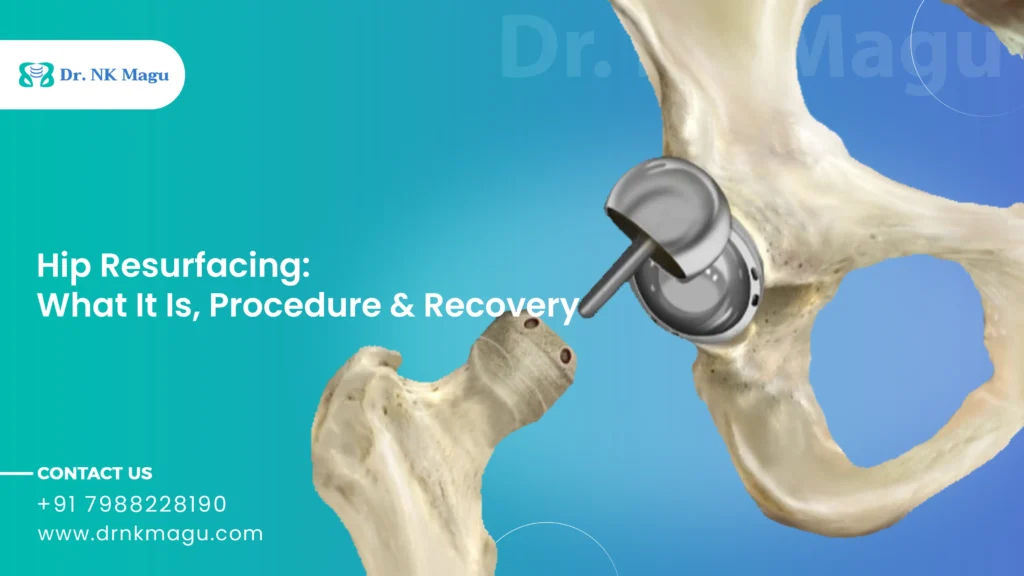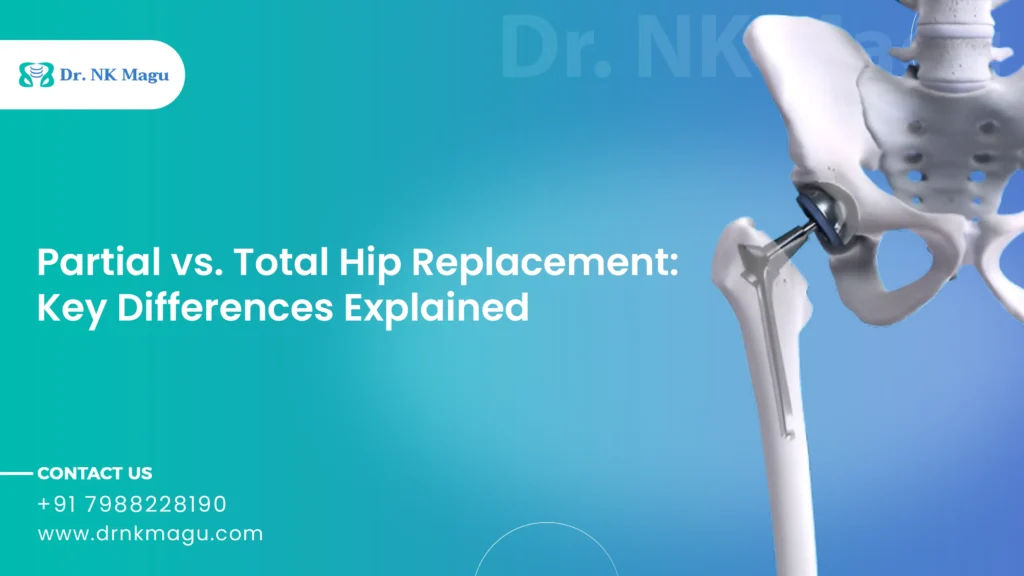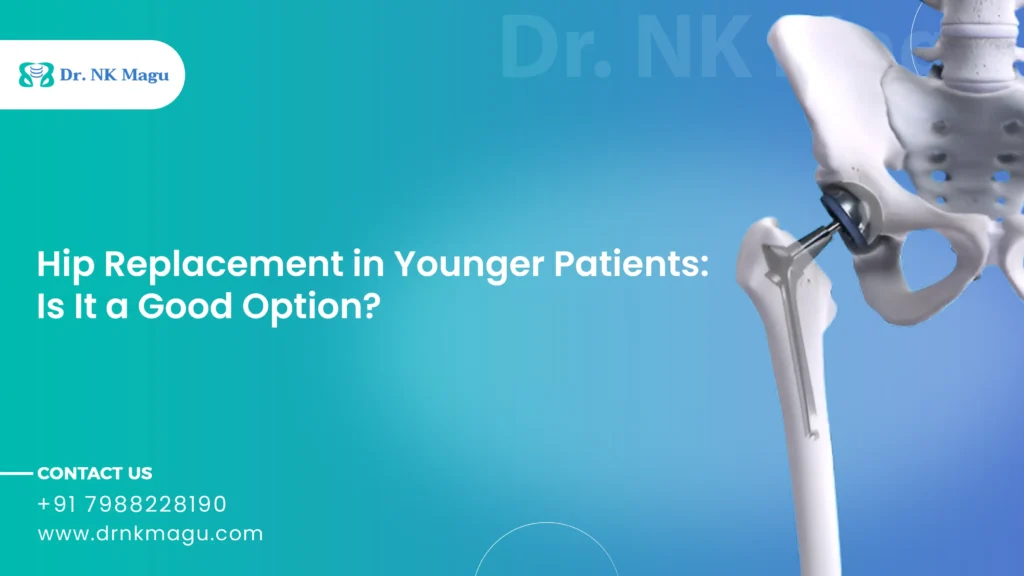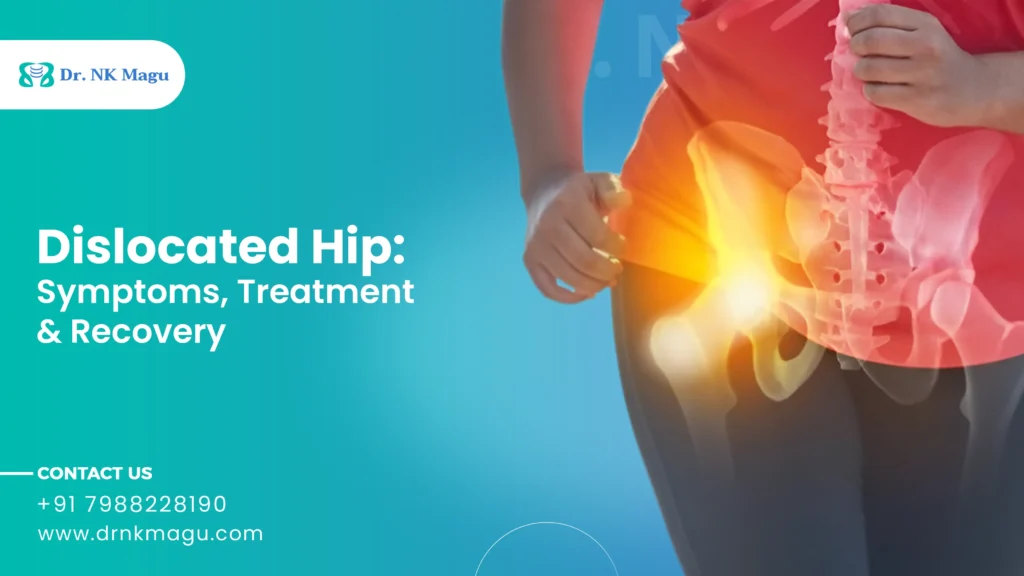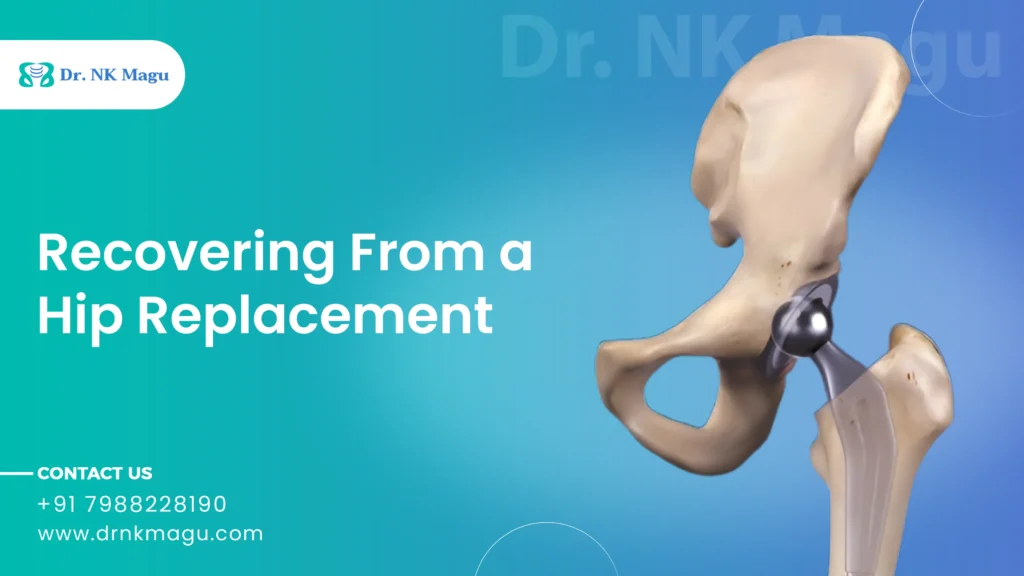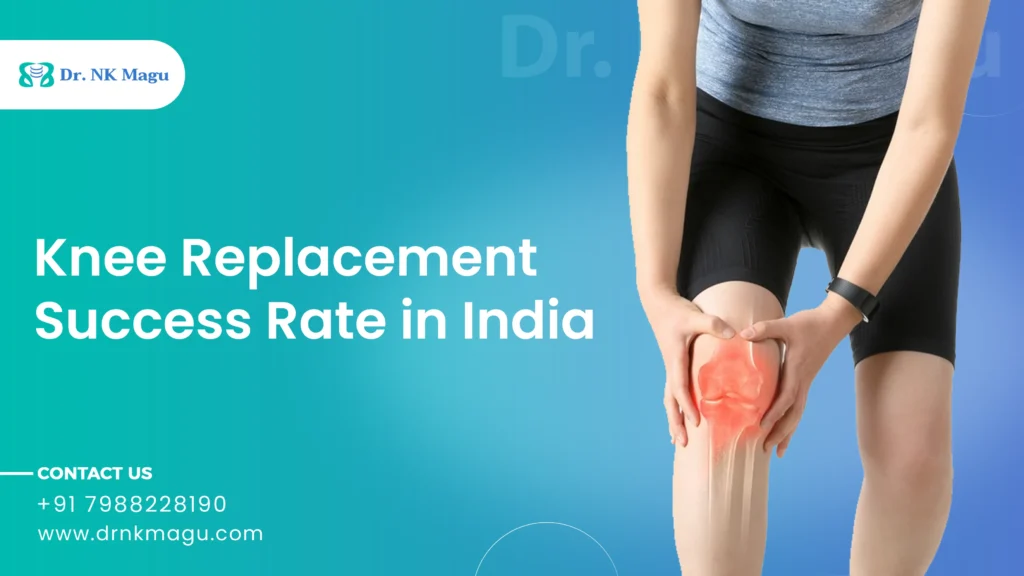Did you know that a study analyzing over 11,000 hip resurfacing procedures found a 15-year survivorship of 95.1%, with higher rates in larger femoral heads.
Hip resurfacing is less common than total hip replacement, but showing promising results in specific patient groups, particularly younger men. It is an alternative to total hip replacement for individuals experiencing chronic hip pain and stiffness caused by arthritis.
Your orthopedic surgeon will tell you about the different procedures and which one is suitable for you according to your condition.
If numerous questions are popping into your head about hip resurfacing, how it differs from traditional hip replacement surgery, then this blog is for you. Let’s dig in!
What is Hip Resurfacing?
Hip resurfacing is a type of joint-preserving surgery to repair damage inside the hip joint and help patients relieve pain and improve mobility.
Unlike hip replacement, which involves removing the entire femoral head, this surgery involves the trimming of the femoral head and is capped with a smooth metal covering. The damaged surface of the hip socket is also lined with a metal shell that allows the femoral bone to remain intact and improves joint mobility.
What does Hip Resurfacing Treat?
Common symptoms that increase the need for hip resurfacing:
- Severe hip pain
- Decreased range of motion
- Stiffness
- Restricted mobility
- Swelling
- Instability
People suffering from osteoarthritis choose to have resurfacing surgery, but some people facing rheumatoid arthritis also need this surgery.
Who Needs Hip Resurfacing?
Not all candidates are suitable for hip resurfacing. This surgery is often considered for:
- Younger and active patients (under 60)
- Individuals with strong and healthy bone structure
- Individuals suffering from osteoarthritis of the hip
- People who have rheumatoid arthritis or avascular necrosis (rare)
Whether hip resurfacing is a good option for you or not also depends on the size of the hip bone. Men have larger bones than women; that’s why it is best suited for men. Women face higher complications due to smaller bone size and lower bone density.
This surgery is not suitable for people:
- With large bone cysts and infection
- Having metal allergies
- With osteoporosis or poor bone quality
How to Prepare for a Hip Resurfacing?
Before your hip resurfacing surgery, various tests are conducted, such as:
- A physical exam
- Blood tests
- Electrocardiogram for heart health
- Imaging tests like X-ray, CT scan, and MRI
- A dental exam
If you are taking any over-the-counter medications, it is important to stop them before the surgery.
During
Hip resurfacing surgery is performed under general anesthesia. The procedure usually takes 2-3 hours and is performed using a minimally invasive technique, resulting in less blood loss and speeding up recovery. Below are the following steps:
- An incision is made over the hip joint to access the damaged bone and cartilage
- The damaged bone or cartilage in the hip socket is removed
- The surgeon will trim the femoral head and shape it to fit a metal cap
- A metal cap is placed on the femoral head, and a metal cup is implanted in the hip socket to create a new joint surface
- The incision is closed used sutures
After
- Proper monitoring is necessary after the surgery to check for any complications
- It’s an outpatient procedure, and you can go home the day of surgery
- Walkers and crutches are required within 24 hours after surgery
- To restore strength and mobility, physical therapy begins immediately
Also Read:- Hip Resurfacing Cost in India
Recovery Time
It is crucial to follow all the instructions post-surgery about exercise and physical activity for a successful recovery. Recovery will also depend on various factors such as age, health, and physical condition of an individual.
- Most people can return to their daily activities 6-8 weeks post-surgery
- Light activities like walking and swimming can be resumed after 2-3 months
- A proper physiotherapy plan should be followed 6-12 weeks after the surgery
- High-impact sports should only be resumed once your doctor gives approval
- Complete recovery will take 6-12 months
Hip Resurfacing vs Hip Replacement
| Feature | Hip Resurfacing | Hip Replacement |
| Bone preservation | More bone preserved | Femoral head removed |
| Age group | Young, active patients | Old, less active patients |
| Dislocation risk | Lower | Slightly higher |
| Revision surgery | Easy | More complex |
Complications
Unlike any surgical procedure, hip resurfacing also involves several risks and complications:
- Blood clots
- Infection at the surgery site
- Nerve damage
- Femoral neck fracture
- Blood vessel damage
- Implant wear or loosening
Conclusion
Hip resurfacing is a promising solution for severe hip pain alternative to total hip replacement. By retaining more of the natural bone, this technique allows for better joint function, easier revisions in the future, and a quicker return to daily activities. While it’s not suitable for everyone, those who qualify can benefit from a less invasive approach with long-lasting results. If you are facing hip-related issues and looking for a solution, talk to your orthopedic surgeon about whether this surgery is suitable for you.


